456. The return of the Pleiades meant
winter was in the past. Earlier it bothered me
when reading how in Roman times this happened in
May, which seemed impossible to harmonize with the
fact that at the time of rongorongo Alcyone rose
with the Sun in May 16. Precession must have pushed
the Pleiades ahead in the Sun year with about a
month since classical times.
But given a perception of a direct
and firm connection between the fixed stars and the calendar
dates the
precession of the Sun would not change the fact that
May together with the Pleiades was an established phenomenon.
Likewise, when reading for instance about how the defeat of
Itzam-Yeh had occurred in 28 May in the
year 3149 BC this should be understood as the day
when in 28 May the Sun rose with Aldebaran:
... the
Palenque scribes repeated Creation again and
described it as 'it was made visible, the image at
Lying-down-Sky, the First-Three-Stone-Place'. Then
we learned that five hundred and forty-two days
later (1.9.2 in the Maya system), Hun-Nal-Ye
'entered or became the sky' (och ta chan).
This 'entering' event occurred on February 5, 3112
B.C. The act of 'entering the sky' is recorded on
another extraordinary painted pot.

This
pot depicts one of the Hero Twins (One-Ahaw in the
Classic texts and One-Hunaphu in the K'iche'
Popol Vuh) and a great bird who is trying to
land in a huge ceiba tree heavy with fruit. This
mythical bird is Itzam-Yeh, Classic prototype
of Wuqub-Kaqix, 'Seven-Macaw', of Popol
Vuh fame. In that story, in the time before the
sky was lifted up to make room for the light, the
vainglorious Seven-Macaw imagined himself to be the
sun. Offended by his pride, the Hero Twins humbled
him by breaking his beautiful shining tooth with a
pellet from their blowgun. This pot shows One-Ahaw
aiming at the bird as he swoops down to land in his
tree. As Itzam-Yeh lands on his perch, the
text tells us he is 'entering or becoming the sky'.
This particular 'sky-entering' is not the one
mentioned in the Palenque text. It is the final
event that occurred in the previous creation before
the universe was remade. Before the sky could be
raised and the real sun revealed in all its
splendor, the Hero Twins had to put the false sun,
Itzam-Yeh, in his place. If the date on this
pot corresponds to that pre-Creation event, as we
believe it does, then Itzam-Yeh was defeated
in 12.18.4.5.0 1 Ahaw 3 K'ank'in (May 28,
3149 B.C.). After the new universe was finally
brought into existence, First Father also entered
the sky by landing in the tree, just as Itzam-Yeh
did ...'
We can count: 1842 AD (my assumed
epoch for rongorongo) + 3149 BC (there was no year 0
AD) = 4991 and 4991 / 26000 * 365.25 = 70
precessional right ascension days. This means
Itzam-Yeh had been defeated at heliacal
Aldebaran in 28 May at a time in
the Sun year which corresponded to day 148 - 70 = 78
(March 19) in the time-frame of rongorongo, i.e. 2
days before the Gregorian equinox and 6 days before
the Julian day for spring equinox. This was where
Aldebaran had been together with the Sun in 28 May:
|
CLOSE TO THE SUN: |
|
15 March
(144 - 70) |
16 (300 /
4) |
17 (66 +
10) |
|
0h (445 - 80 = *365) |
MARCH 22 (*1) |
23 (82) |
|
no glyph |
 |
 |
|
Ga1-1 (= 65 - 64) |
Ga1-2 |
|
HYADUM II = δ¹ Tauri
(64.2) |
Net-19 (Crow)
AIN (Eye) =
ε
Tauri,
θ¹ Tauri, θ² Tauri (65.7) |
no star listed (66) |
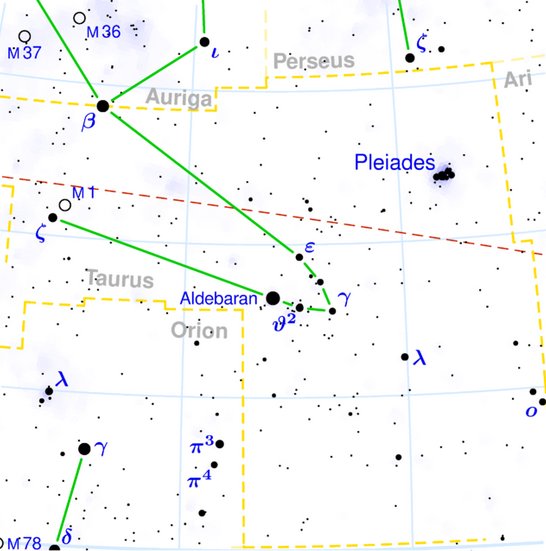 |
|
May 24 |
25 (145 = 290 /
2) |
26 (*66) |
|
'April 27 |
28 (118 = 4 * 29½) |
29 (*39) |
|
"April 13 |
14 (104 = 8 * 13) |
15 (*25) |
|
CLOSE TO THE SUN: |
|
18 March |
19
(78) |
20 |
21
(150 - 70) |
|
MARCH 24 |
JULIAN
EQUINOX |
26 (*5) |
27 |
 |
 |
 |
 |
|
Ga1-3 |
Ga1-4 |
Ga1-5 |
Ga1-6 |
|
no star listed (67) |
Rohini-4 (The Red One) /
Pidnu-sha-Shame-4 (Furrow of Heaven)
/
ANA-MURI-2 (Rear pillar - at the foot of
which was the place for tattooing)
ALDEBARAN = α Tauri
(68.2),
THEEMIN = υ² Eridani
(68.5) |
no star listed (69) |
no star listed (70) |
|
May 27 |
28 (148) |
29 |
30 (*70) |
|
°May 23 |
24 (144) |
25 (*65) |
26 |
|
'April 30 |
'May 1 (121) |
2 (*42) |
3 |
|
16 (471) |
"April 17 (107) |
18 (*28) |
19 |
|
Itzam-Yeh (7-Macaw, Ursa Major)
defeated |
28 May, 3149 BC (148) |
19 March, 1842 AD (78) |
Aldebaran (*68) |
|
First 3-stone place |
21 May, 3114 BC (141) |
12 March, 1842 AD (71) |
υ (48) Persei (*61) |
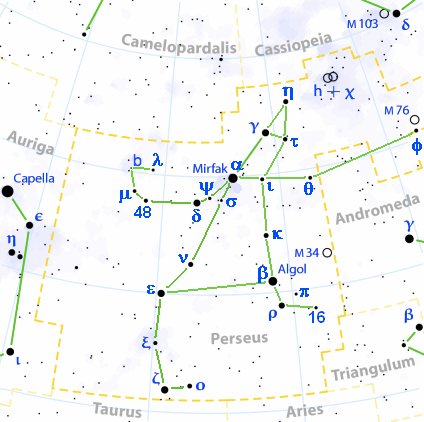
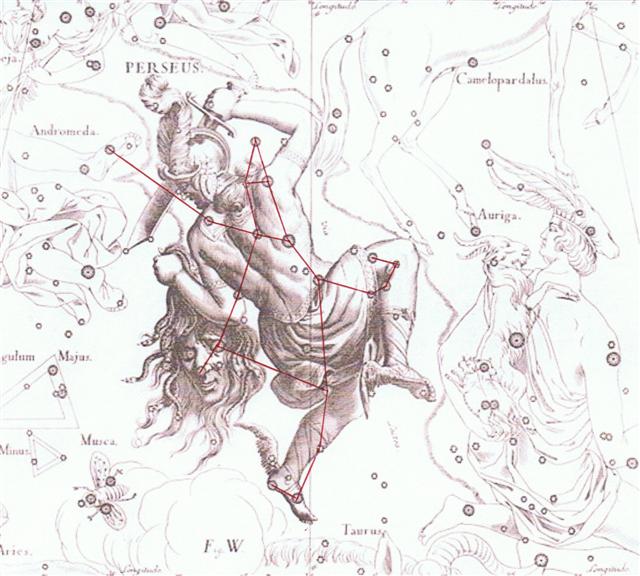
... For they say that the course
of human life resembles the
letter Y, because every one of
men, when he has reached the
threshold of early youth, and
has arrived at the place 'where
the way divides itself into two
parts', is in doubt, and
hesitates, and does not know to
which side he should rather turn
himself´... |
|
Creation of our present world |
13 Aug, 3114 BC (225) |
4
June, 1842 AD (155) |
ο
Leonis (*145) |
|
Hun-Nal-Ye became the sky |
5 Febr. 3112 BC (36) |
26 Nov. 1842 AD (330) |
Dramasa (*320) |
|
21 May, 3114 BC - 13 August,
3114 BC = 225 - 141 = 84 (= 12 *
7)
21 May, 3114 BC -
5
February, 3112 BC =
542, which
'happens to be' the sum of 365
days and 6 * 29½ nights.
At the time of rongorongo the
day May 28 (148, *68) was where
Aldebaran rose with the Sun and
77 days later, in August 13
(225, *145) the Sun had reached
the Knot (Ukdah) with the Full
Moon at the Foundation (Bunda).
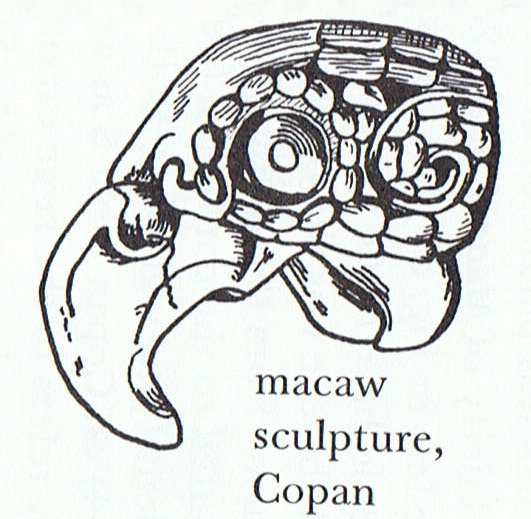 |
|
Julius Caesar returned the calendar
to order after the precession had
carried the Sun much too early against the
background of the fixed stars, restoring the places
of the Pleiades and Aldebaran and the rest of the
important stars to their proper ancient positions in
the Sun year.
...
The
Decree of Canopus is a bilingual inscription in
two languages, and in three scripts. It was written
in three writing systems: Egyptian hieroglyphs,
Demotic, and Greek, on an ancient Egyptian memorial
stone stele, the Stone of Canopus. The
inscription is a decree by Egyptian priests honoring
Pharaoh Ptolemy III Euergetes;
Queen Berenice, his wife; and Princess
Berenice in 238 BC ...

The
inscription touches on subjects such as military
campaigns, famine relief, Egyptian religion and
governmental organization in Ptolemaic Egypt. It
mentions the king's donations to the temples, his
support for the Apis and Mnevis cults,
which enjoyed huge success in the Macedonian -
Egyptian world, and the return of divine statues
which had been carried off by Cambyses.
It extols the king's success in quelling
insurgencies of native Egyptians, operations
referred to as 'keeping the peace.' It reminds the
reader that during a year of low inundation, the
government had remitted taxes and imported grain
from abroad ...
...
It
inaugurates the most accurate solar calendar known
to the ancient world, with 365¼ days per year. It
declares the deceased princess Berenike a
goddess and creates a cult for her, with women, men,
ceremonies, and special 'bread-cakes'. Lastly it
orders the decree to be incised in stone or bronze
in both hieroglyphs and Greek, and to be publicly
displayed in the temples.
The traditional Egyptian calendar had 365 days:
twelve months of thirty days each and an additional
five epagomenal days. According to the reform, the
5-day 'Opening of the Year' ceremonies would
include an additional 6th day every fourth year. The
reason given was that the rise of Sothis advances
to another day in every 4 years, so that
attaching the beginning of the year to the heliacal
rising of the star Sirius would keep the calendar
synchronized with the seasons. This Ptolemaic
calendar reform
failed, but was finally officially implemented in
Egypt by Augustus in 26/25 BCE, now called the
Alexandrian calendar, with a sixth epagomenal day
occurring for the first time on 29 August 22 BCE.
Julius Caesar had earlier implemented a 365¼ day
year in Rome in 45 BCE as part of the Julian
calendar ...
And then up from the time of Caesar to the
time of rongorongo there ought to be 27
precessional days. For this number was inherited
from the ancients by way of 68 (Aldebaran) - 41 (Bharani) =
27 (→ September 27, 270).
In the C text side b begins 366 +
27 = 393 precessional days later than side a, which
could imply another effort to restore order.
...
Maui took the sacred tresses of his sister
Hina, he cut off lengths of Hina's hair
and plaited it, to make a rope whose mana
could not be destroyed by Ra. He took that
noose of Hina's hair, he travelled eastward
to the border of the sea; he placed his ropes around
the pit from which the sun rises, waited there, he
waited for the dawn. Then Ra came up, he came
up from the spirit-world which lies in the east.
Maui
pulled the cord, he caught the sun-god by the
throat! Ra struggled, kicked, he screamed
against the sky. 'Then will you go more slowly if I
turn you loose?' The sun then promised Maui,
'Let me go, and I will move more slowly, I will make
longer days for your fishing'. Since that time, men
have had longer days in which to go about their work
...
How, then should a text with glyph
days
in parallel with the right ascension positions of
the stars be designed and read?
 |
 |
 |
 |
 |
|
Ca3-4 |
Ca3-5 |
Ca3-6 |
Ca3-7 |
Ca3-8 (59 = 2 * 29½) |
|
kiore ki te henua |
ihe tapamea |
e tagata mau toki
ki te henua |
e hokohuki mau ki
te matagi |
kiore i te henua |
|
Tapa. 1.
Side, corner, edge; he-hakarere a
te tapa, to leave aside, to
abandon; a te tapa mata'u o te
haga, on the right-hand side of
the bay. 2. Tapa mahute,
piece of mahute material;
this term is very common nowadays,
but it seems probable that it was
borrowed from the Tahitian in
replacement of parehe mahute.
3. To recount the years, the
months; to recount happenings of
many years ago, in verses called
manu, in which a murderer
confided his crime to his victim's
relatives; the murderer himself
asked a brother or a friend to
compose those verses: e tapa koe
itooku manu, compose my manu.
The expression tapa ite manu
was also used of a group of people
expressing the desire to kill
someone. 4. Tagata tapa ta'u,
according to traditions, this term
referred to the scribes who recorded
births on the tablets. Vanaga. 1.
Border, fringe, edge, groin, cloth,
clothing, dress, garment. Tatapa,
lateral, bank. Tapatapa,
edge. P Mgv.: tapa, the edge
of the bast cloth, bast cloth in
general. Mq.: tapa, fringe,
cloth. 2. To name, to mention, to
count, to calculate, to reckon, to
number, to figure up, to
recapitulate; tapa ki te igoa,
to take a census; tapa igoa,
list. Tatapa, to count, to
number, to reckon. Tapatapa,
to mention. P Mgv.: tapa, to
give a pet name. Mq.: tapatapa,
to recite, to invoke; tatapa,
to take the name of some one, to
announce by name. Ta.: tapa,
to call by name. Churchill.Mq.:
Tapaau, coconut leaf plaited to
serve as a mat. Sa: tapa'au,
a coarse coconut leaf mat.
Tapatai, a dweller on the
strand. Ma.: tapatai, beach.
Churchill.
Kapa¹, adj. Haw.,
rustling, rattling;
s.
cloth made of bark, cloth of any
kind. Sam.:
tapa,
to beckon with the hand, to demand;
s. the white border of a siapo;
tapa-au, mat made of
cocoa-nut leaf. Tong.,
tapa,
id.;
kapa-kapa, to flap
with a noise as wings of birds.
Marqu.,
tapa, bark cloth.
Tah.,
tapa-ie, envelop in
leaves;
apa, the lining of a
garment;
apa-a, thick cloth made
by men, not by the women; 'apa'apa,
to flap as sail or the wings of a
bird. Fiji.,
kava,
a roll of sinnet;
kaba,
to climb. Motu (N. Guinea),
kava,
bark girdle for men. Biaju,
tepoh, a mat. Salayer
(Celebes),
tupur, id. Malag.,
komba, a monkey. Kawi,
kapala, a horse. Sanskr.,
kamp,
to move to and fro, to tremble;
chapala ('i.e.,
kampa-ala',
Benfey), trembling, unsteady, giddy;
châpala, quickness;
kapi
('i.e.,
kamp-i', Benfey), a
monkey. Perhaps
kambala, a wollen
blanket. Greek,
καμπη, bending, winding, as a
river, turn, trick, sudden change.
A. Pictet (Orig. Ind.-Eur., i.
347-348) derives the Greek
καβαλλης, a nag, and other
kindred West Aryan forms for horse
and its varieties, as well as
καπρος, a wild boar, and
caper, a buck, from the Kawi or
obselete Sanskrit application of the
original sense, 'to tremble, rustle,
flap', found in the Sanskrit kap,
kamp, and the Polynesian
kapa, tapa.
Kapa², s. Haw., a
bank, shore, side, as of a river,
lake, wood, or the like. Rarot.,
tapa, id. Tah., apa'apa,
one side of a thing when divided,
the side of a house. Sam., tafa,
the side of a hill; v. to
turn on one side; tafa-fa,
four-sided; tafatafa, the
side; tafa-tasi, one-sided;
tafa-to, perpendicular, steep
as seen from above; tafa-tu,
id., as seen from below. Marqu.,
tapa-hai, coral; kapa-i,
on the side of the sea. Fiji.,
taba, wing, shoulder, branch,
one side. Malg., taf, tafo,
the roof of a house; tambon,
above. Welsh, tab, tav,
an extended surface, a spread;
tob, top, top, crest;
cop, summit. Irish, capat,
head. Armor., kab, id. Lat.,
tabula, board, plank, table;
caput, head. Sanskr.,
kapala, skull, head, either half
of an egg; kapola, cheek, the
temples of the head. Pers., kabah,
elevation, eminence; tabrak,
tabûk, table, flat. Greek,
κεφαλη, head, top, upper end.
Goth., haubith, head. Sax.,
heafod, id.; hafala,
hafula, head, casque. Anc.
Germ., haupit, head;
hufela, the temples. Germ.,
kopf, head. A. Pictet (loc.
cit., ii. 273) refers the
Persian tabrak and the Latin
tabula to Sanskrit sthâ,
or perhaps stabh, tabula,
for stabula, and (i. 308) he
says, speaking of the Sanskrit
kapala, and its West Aryan
relations: - 'J'y trouve un composé
de pâla, protecteur, avec
l'interrogatif ka, dans le
sense laudatif. Quel (bon)
protecteur! on ne saurait mieux
caractériser le rôle naturel du
crâne. Or kapât et kapâ
ou kapa auraient la même
signification; car pât, pâ,
pa, à la fin des composés,
sont synonymes de pâla, et
dérivent également de la racine
pâ, tueri.'
Under correction, the 'quel bon
protecteur' of Mr. Pictet appears to
me a singular and fatal misnomer of
the most prominent and most exposed
part of the body. The original
meaning of the Polynesian word was
probably something raised, spread
out, obtruding, projecting, beyond
or above the common level of things.
Hence such compound words in the
Polynesian as kapa-au, Haw.,
the raised place of the Heiau
(temple), where the image of the god
stood and offerings were laid;
'apa-'au, Sam., a wing;
'apa-'apa, the fin of a fish;
apa-ta, to clap the wings. The
West Aryan forms: Lat., cap-ut,
cap-pilus (capillus);
the Irish cap-at, alongside
of ceap and cap; the
double forms in the Goth. and Sax.,
hau-ith, heaf-od, and
hafa-la, hofu-la, seem
to indicate a different composition
and root for themselves, as well as
the Sanskrit and Greek, than what
Mr. Pictet offers. And the probably
primary sense of 'elevation,
eminence', in the root-word has
survived in the Persian kabah,
the Armorian kab, the Welsh
tob or top.
Fornander. |
|
CLOSE TO THE FULL MOON: |
|
6
March |
7
(136 - 70 = 66) |
8 |
9 |
10 |
|
May 15 (365 + 135 = 500)
Al Thurayya-27 (Many Little Ones) /
Krittikā-3 (Nurses of Kārttikeya) /
TAU-ONO (Six Stones)
ATIKS =
ο Persei,
RANA (Frog) =
δ
Eridani
(55.1),
CELAENO (16 Tauri),
ELECTRA (17), TAYGETA (19),
ν
Persei (55.3),
MAIA (20), ASTEROPE
(21), MEROPE (23)
(55.6) |
16 (136)
Hairy Head-18 (Cockerel) /
Temennu-3 (Foundation Stone)
ALCYONE
(56.1),
PLEIONE (28 Tauri), ATLAS (27 Tauri)
(56.3) |
17
MENKHIB (Next to the Pleiades =
ζ
Persei
(57.6)
PORRIMA (γ Virginis) |
18
ZAURAK (The Boat) = γ Eridani
(58.9) |
19
λ Tauri (59.3), ν Tauri (59.9) |
 |
|
360 |
 |
 |
 |
 |
|
Cb2-4 (420 =
54 + 366) |
Cb2-5 |
Cb2-6 (56 + 366) |
Cb2-7 |
|
te ua |
koia ra |
kua tuku ki to mata -
ki tona tukuga |
e kiore - henua - pa
rei |
|
Uha. Hen;
female (familiar): taaku uha = taaku
vî'e, my wife, or my daughter (i.e.
taaku poki). Vanaga. Female. T
Pau.: koufa, female of animals.
Mq.: uha. id. Ta.: ufa,
uha, id. Ma.: uwha, uha,
id. Uhamau (uha - mau
7), to brood, to hatch. Churchill.
Tonga, Niuē:
uha, rain. Viti: utha,
rain. Churchill 2.
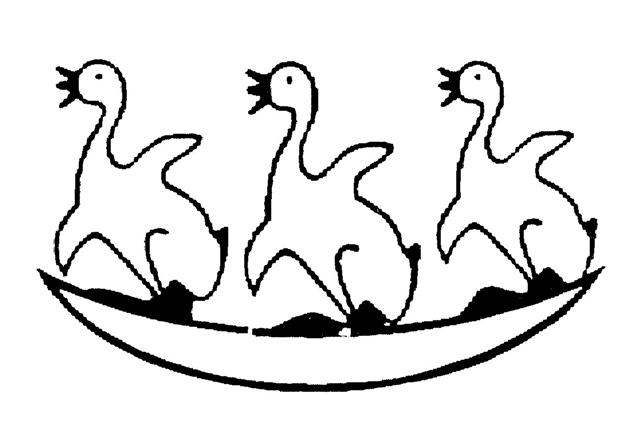
Ua. 1. Cause,
reason why something happens or is done;
he ûa te ua, au i-ta'e-iri-ai ki
tooku hare, because of the rain, I
did not go home; ua kore, without
cause, without reason. 2. Ceremononial
stave with a human face carved at one
extremity. Vanaga. Cfr toko. 1. A
long club T. 2. Mgv.: ua, the
genitalia. Ta.: hua, id. Mq.:
hua, id. Ha.: hua, testicles.
3. Ta.: ua, the back of the neck.
Ma.: ua, id. Sa.: ua, the
neck. 4. Ta.: ua, a land crab
which shears iron. Ma.: uka,
lobster. Sa.: uga, the hermit
crab. Churchill.
Ûa. Rain; 1.
ûa hakamito, persistent, but not
strong, rain; 2. ûa kura, fine
rain, drizzle; 3. ûa matavaravara,
strong rain; 4. ûa parera,
torrential rain; 5. ûa tai, rain
followed by fair weather at sea. Ehu
ûa, drizzle. Vanaga.
Ûaûa.
Tendons, muscles. 1. Hau ûaûa kio'e,
line made from rats' tendons. 2.
Ûaûa toto, vein, artery. 3. Ûaûa
piki, spasm. Vanaga. 1. Rain; hoa
mai te ua, to rain; mou te ua,
to cease raining. P Mgv., Mq., Ta.:
ua, rain. 2. Vein, artery, tendon (huahua
1) (uha
G); ua
nene,
pulse;
ua nohototo, artery,
ua gaei,
pulse.
Uaua, vein, tendon, line;
kiko
uaua, muscle T.
Hakauaua,
to mark with lines. P Pau.:
tare-ua,
tendon. Mgv., Mq., Ta.:
uaua,
vein, tendon. Churchill.
U'a. Of the
tide, to reach its maximum; tai u'a,
high tide. Vanaga. Wave, surge;
tai ua, high tide. Churchill.
Uá. Ata uá, morning twilight.
Uáuá, to
reside; resident; noho uáuá to
settle somewhere; ina koe ekó noho
uáuá, do not establish yourself
there. Vanaga.
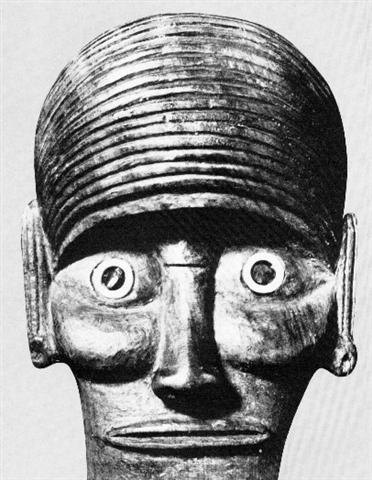 |
|
CLOSE TO THE FULL MOON: |
|
5
March (64) |
6 |
7 |
8 |
|
May 14 (80 + 54 = 134)
no star listed (54 = 420 - 366) |
15 (365 + 135 = 500)
Al Thurayya-27 (Many Little Ones) /
Krittikā-3 (Nurses of Kārttikeya) /
TAU-ONO (Six Stones)
ATIKS =
ο Persei,
RANA (Frog) =
δ
Eridani
(55.1),
CELAENO (16 Tauri),
ELECTRA (17), TAYGETA (19),
ν
Persei (55.3),
MAIA (20), ASTEROPE (21),
MEROPE (23)
(55.6) |
16 (136)
Hairy Head-18 (Cockerel) /
Temennu-3 (Foundation Stone)
ALCYONE
(56.1),
PLEIONE (28 Tauri), ATLAS (27 Tauri)
(56.3) |
17
MENKHIB (Next to the Pleiades =
ζ
Persei
(57.6)
PORRIMA (γ Virginis) |
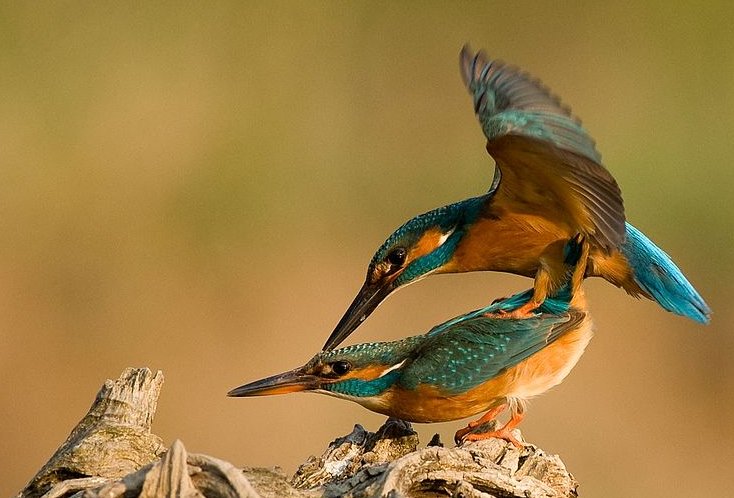
 |
|
CLOSE TO THE SUN: |
|
4 Sept (247) |
5 |
6 |
7
(240 + 10) |
|
Nov 13 (134 + 183 = 317)
κ Librae (237.2), ι Serpentis (237.4),
ψ² Lupi, ρ Oct. (237.5), γ Cor.
Borealis, η Librae (237.7), COR
SERPENTIS = α Serpentis
(237.9)
*196 = *237.4 - *41.4 |
14
π Cor. Borealis,
UNUK ELHAIA (Necks of the Serpents) = λ
Serpentis
(238.1),
CHOW = β Serpentis
(238.6) |
15
κ Serpentis (239.3), δ Cor. Borealis,
TIĀNRŪ = μ Serpentis
(239.5), χ Lupi, (239.6), ω Serpentis
(239.7),
BA (= Pa) = ε Serpentis,
χ Herculis (239.8). κ Cor. Borealis, ρ
Serpentis (239.9) |
16 (*240)
λ Librae (240.0), β Tr. Austr. (240.3),
κ Tr. Austr. (240.4), ρ Scorpii (240.8)
*199 = *240.4 - *41.4 |
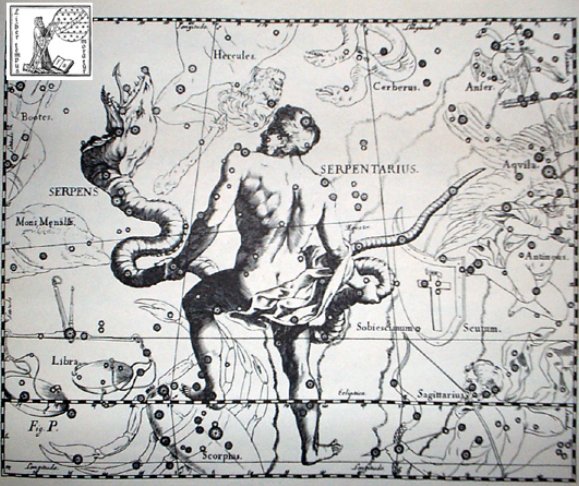 |
We can see that evidently the C
creator used a
framework for the fixed stars with 366 right ascension days
rather than a year with 360º.
|





















